In this article
View 2 More +As one of the most common diseases affecting older felines, hyperthyroidism is a condition all cat guardians should be familiar with. Caused by the overproduction of hormones by the thyroid gland, the clinical signs of hyperthyroidism are quite recognizable, and include weight loss despite a normal or increased appetite, hyperactivity, dehydration, vomiting, and increased fecal output. Without treatment, the hyperthyroid cat will eventually succumb to heart disease, kidney disease, liver disease, or a combination of all of the above. Fortunately, there are several treatment options to suit a variety of situations and budgets, and most cats do very well once the disease is controlled.
But if you are wanting to be more proactive, we are going to take a look at all the things you can do to reduce your cat’s chances of developing hyperthyroidism.

Can Hyperthyroidism Be Prevented?
At the moment, there is no surefire way to prevent hyperthyroidism from developing, without preemptively removing a healthy thyroid gland — NOT a recommended course of action! There are some herbal treatments that have been said to prevent the disease’s development, but in the absence of a genetic test for hyperthyroidism, there was no way of knowing if those cats would or wouldn’t have developed the condition anyway!
In the vast majority of cases, hyperthyroidism is caused by the overproduction of the thyroid hormones T3 and T4, due to the presence of a benign tumor in the thyroid gland.
How is Hyperthyroidism in Cats Treated?
Treatment options for hyperthyroidism include:
- Radioactive iodine therapy – the gold standard treatment
- Surgical removal of the thyroid gland
- Oral medication (liquid or tablets)
- Topical treatment – a gel applied to the skin of the ear
- Diet – exclusively feeding a veterinary prescribed, restricted iodine diet
We recommend you consult a veterinarian for the best advice on which would be the best treatment for your cat.
If you need to speak with a vet but can't get to one, head over to PangoVet. It's an online service where you can talk to a vet online and get the advice you need for your pet — all at an affordable price!

Why Radioactive Iodine?
Iodine is an element essential for the production of thyroid hormones, so it is largely stored in the thyroid gland. The treatment involves administering a dose of radioactive iodine, which travels through the bloodstream and concentrates in the thyroid gland, effectively destroying all thyroid tissue.
This is the gold standard of treatment as it is minimally invasive, does not require an anesthetic, has few potential side effects, and is usually curative. The cat needs to spend a week in a facility specifically equipped to handle radioactive material, and it is quite an expensive treatment (around $2,000). But, in most cases, it actually works out cheaper than years of medical treatment.

What Can I Do to Reduce My Cat’s Risk of Hyperthyroidism?
Firstly, it’s important to be aware that there is no sure or definitive method of preventing this condition, so even if you follow each and every one of our tips, your cat may still become hyperthyroid. BUT, by implementing these strategies now, you may delay its onset, reduce its severity, and give your cat the best possible chance.
Apart from reducing their hyperthyroid risks, the tips below are great for general health and wellbeing, so you can’t really go wrong!
The 5 Ways to Reduce Hyperthyroid Risks and Increase Overall Health
1. Iodine
We know that iodine is essential for normal thyroid function, and foods that contain too much of this element may predispose your cat to developing an overactive thyroid. Choosing the right food to feed your cat should therefore include checking the nutritional information for iodine levels. The recommended amount of dietary iodine has been the subject of much debate over the past 70 years, with experts still undecided about the ideal amount.
The AAFCO Feeding Guide states that adult cat foods should contain a minimum of 0.6mg/kg, a figure that was revised following a 2009 study. Given how much this figure has changed over the years, however, it would be wise to keep an eye on the recommendations!
While it may seem important to make sure your cat isn’t getting too much iodine, it is actually more important that they are getting enough. Restricting iodine from your cat’s diet can stimulate the thyroid gland to store what it can, potentially increasing their risk of becoming hyperthyroid; moderation is key.
- Take home message: Choose a high quality food that adheres to AAFCO requirements and contains at least 0.6mg/kg iodine.
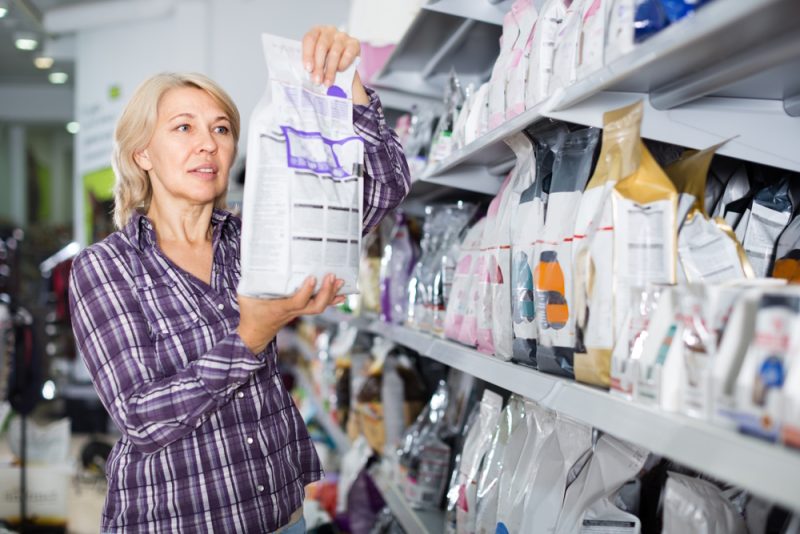
2. Diet
Apart from iodine levels, there are several other food-based factors that have been linked to an increased risk of hyperthyroidism, including:
- Generalized nutritional imbalances can disrupt normal metabolic processes.
- Soy isoflavones, commonly used as a cheap protein source, may have a role in stimulating the thyroid to increase T3 and T4 production.
- Fish, and particularly fish flavoring, has been implicated for having higher levels of iodine, but more recent theories suggest that the biological magnification of chemical pollutants from the ocean may be the real culprit.
- Take home message: Choose a high quality diet made from whole meat products, lower in fish and fish flavorings.
3. Water
Insufficient hydration is known to be a significant factor in the development of feline kidney disease, and will also increase the concentration of any problematic components in your cat’s tissues. Feeding your cat predominantly wet food is a simple way to make sure they are getting enough moisture in their diet. Upping their drinking game by using filtered water or buying a water fountain can also help maximize their hydration.
- Take home message: Make sure your cat has access to fresh, clean water, and has a diet that is at least partly, if not entirely, composed of wet food.
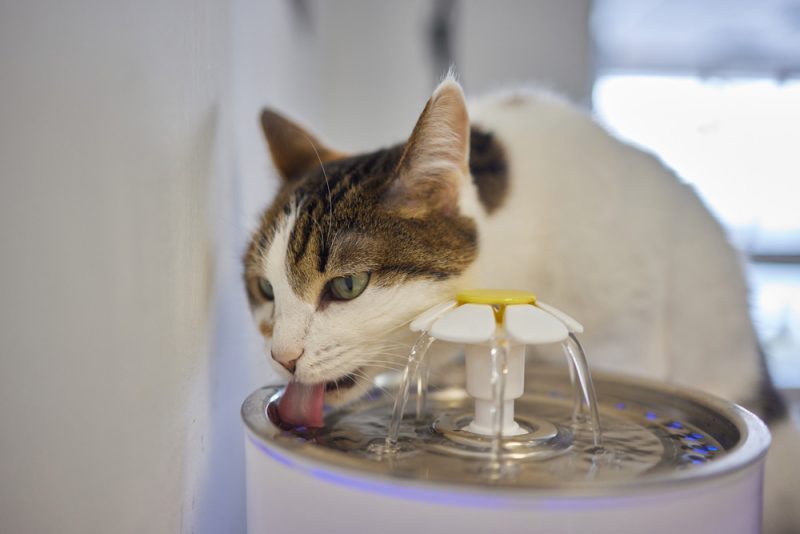
4. Food Packaging
The increased consumption of tinned cat food over the last 60 years or so, particularly those with a ring-pull lid, has been linked to the increase in incidence of hyperthyroidism in cats, though the exact mode of action has not been proven.
That being said, most feline experts would recommend feeding a tinned cat food over an exclusively dry diet for optimal health.
- Take home message: Choose sachets instead of tins.
5. Chemicals and Toxins
The increase in pollutants in the environment, food, and water makes it virtually impossible to measure and avoid the many potential hazards our cats encounter every day, or know how much they contribute to the development of hyperthyroidism.
Chemicals in herbicides, pesticides, fire retardants, and even parasite control have been implicated as potential contributors, and limiting our cats’ exposure as much as possible is recommended.
- Take home message: Avoid using harsh chemicals in the home, and make sure any necessary products are carefully stored. Use good quality parasite treatments carefully and in accordance with the product label.
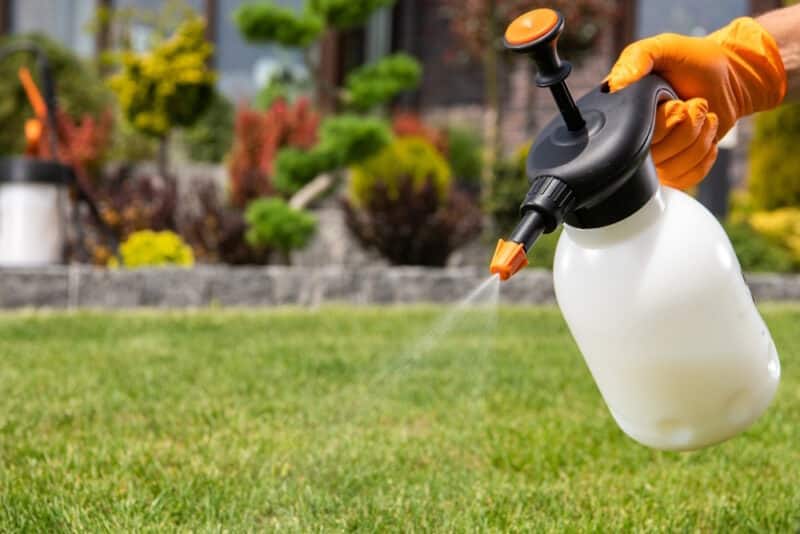

The Big Take Home Message
While there’s no miracle prevention or sure-fire way to prevent your cat from becoming hyperthyroid, there are several things you can do to minimize their risks and maximize their overall health.
Making sure your cat is eating a high quality diet that contains the right amount of iodine (which can be tricky, seeing as the experts can’t seem to decide exactly what that is!), encouraging them to stay hydrated with appealing water sources and moist foods, minimizing fish flavors and ring-pull tins, and keeping them safe from harmful chemicals can go a long way to ensuring they have a long and healthy life, with a reduced risk of hyperthyroidism.
Featured Image Credit: megaflopp Shutterstock
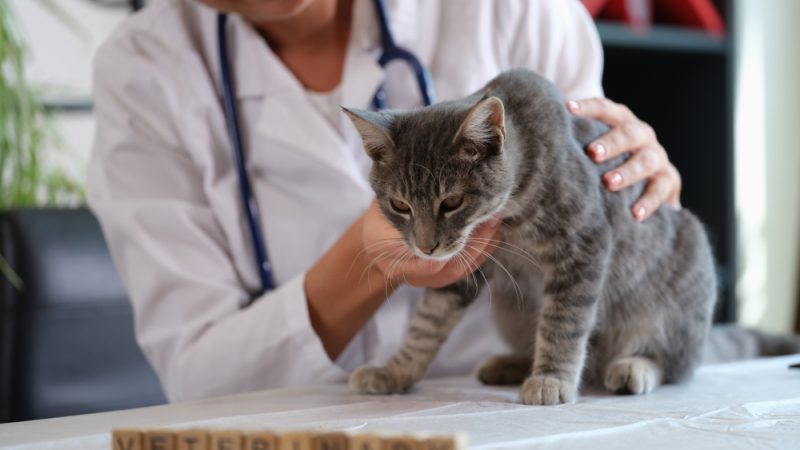

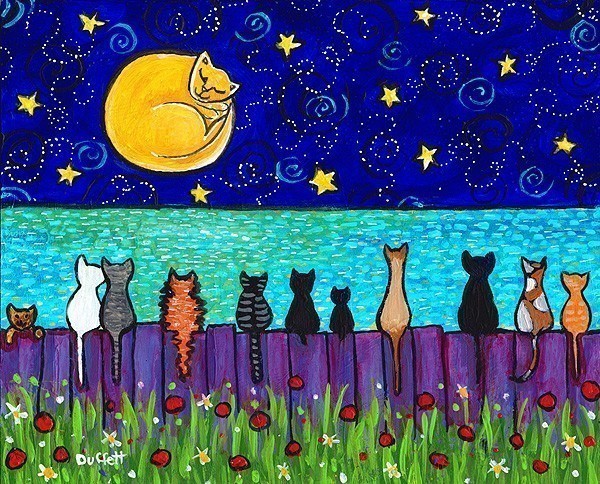
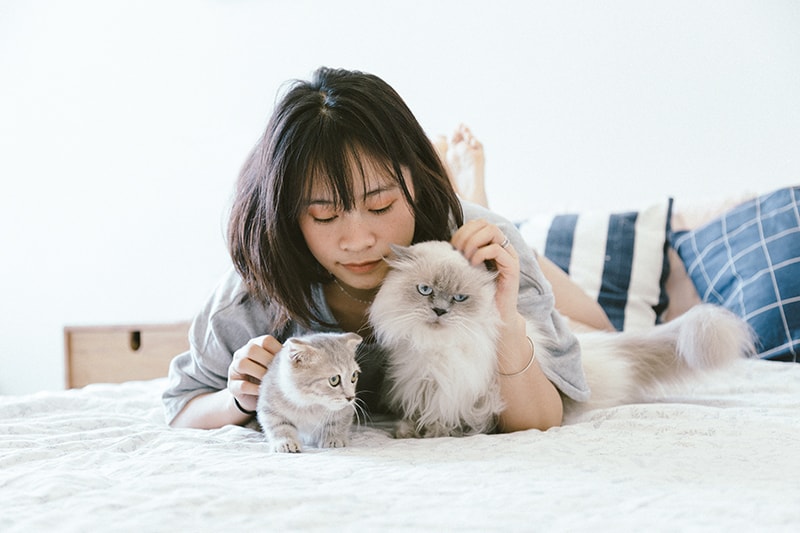
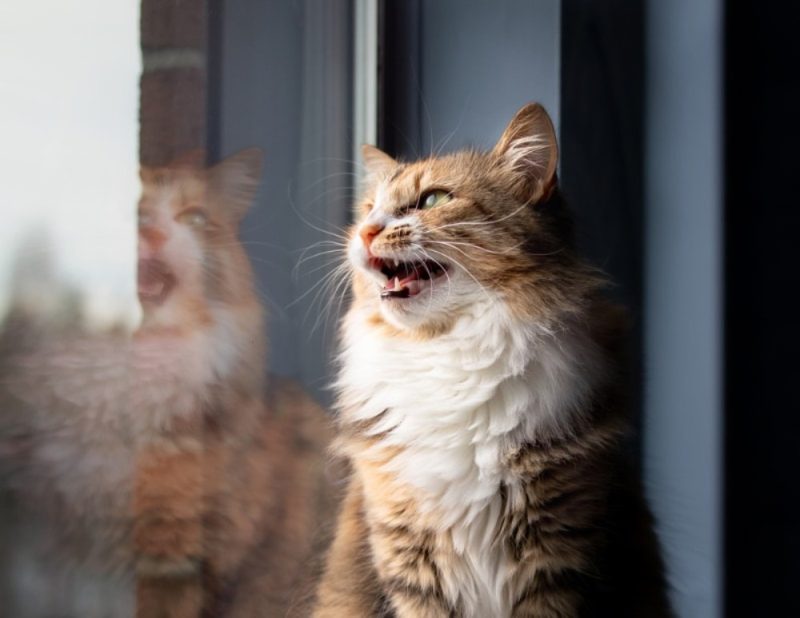
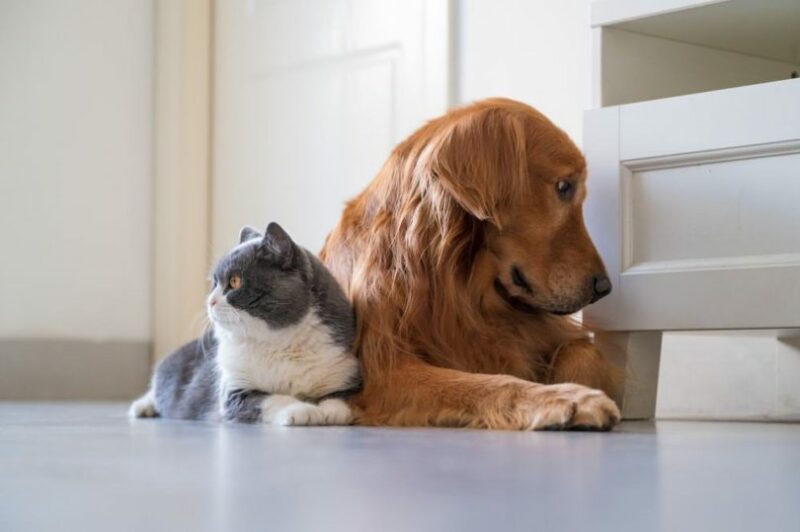
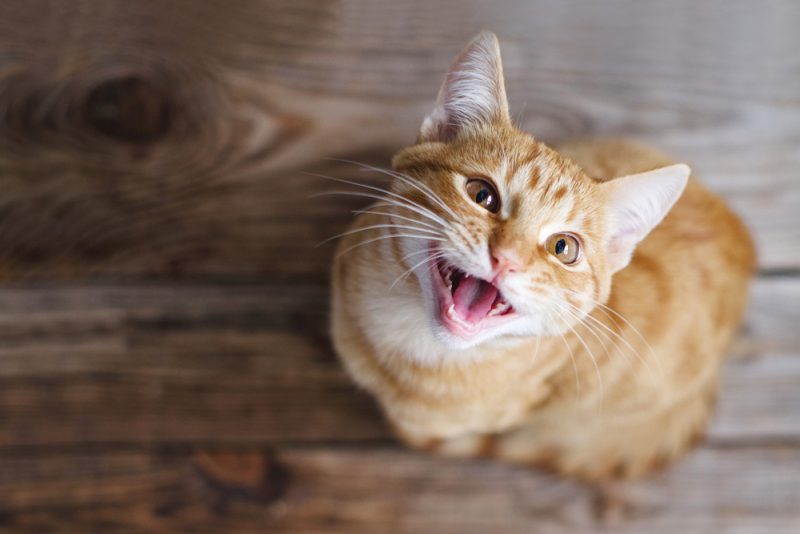
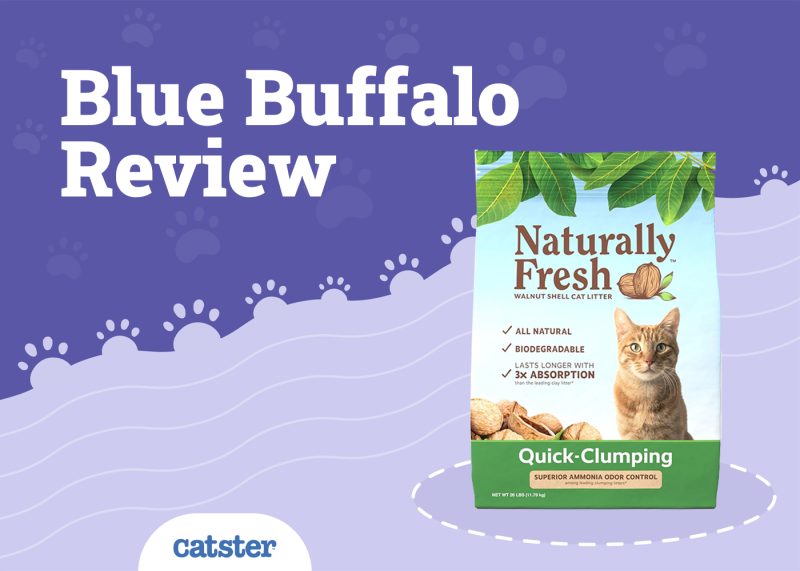
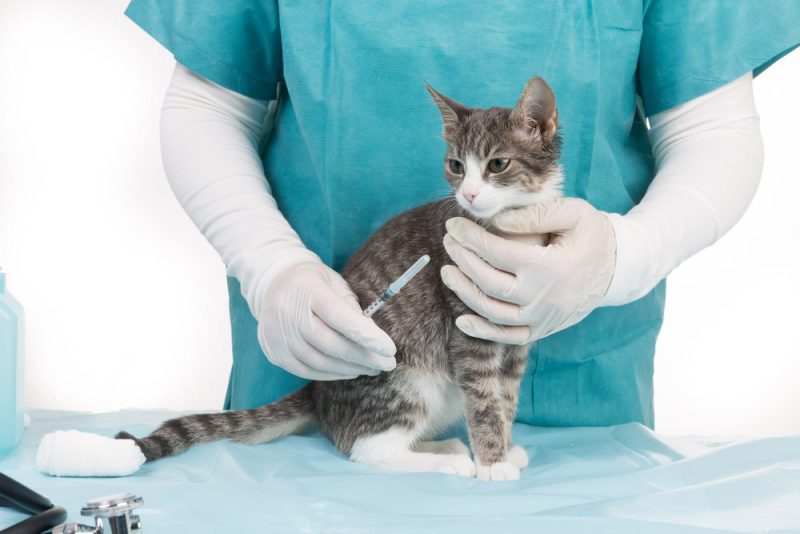
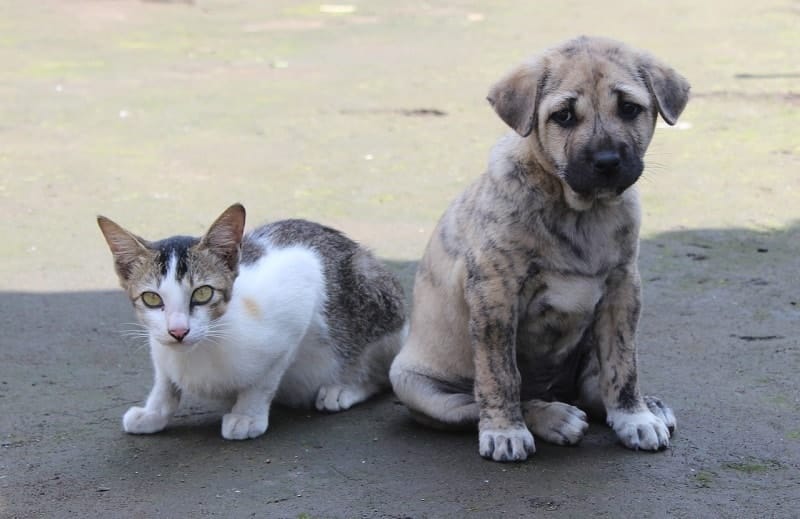
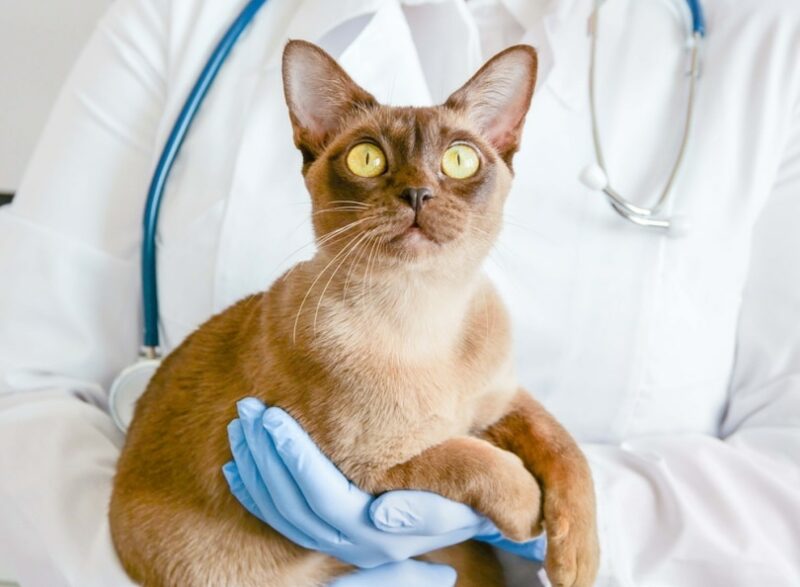
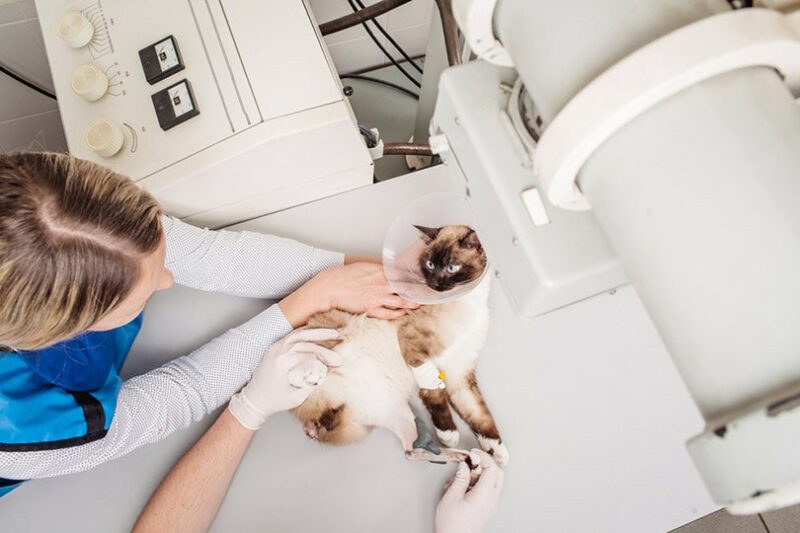
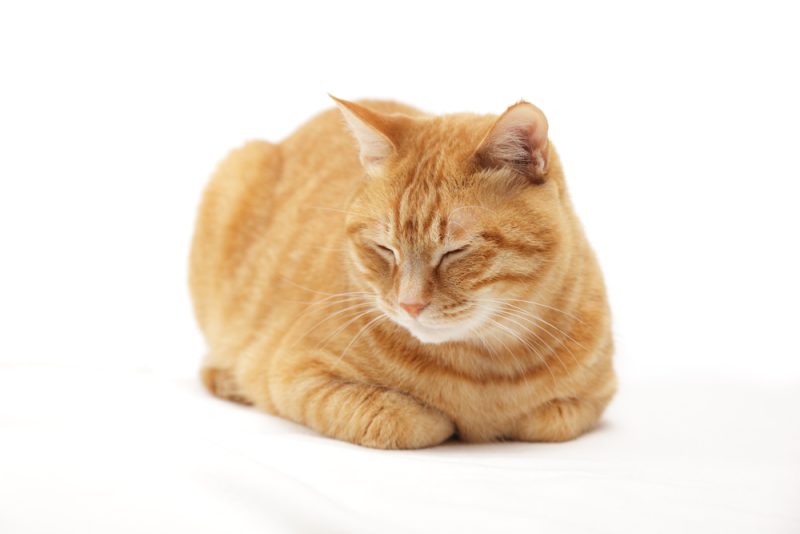
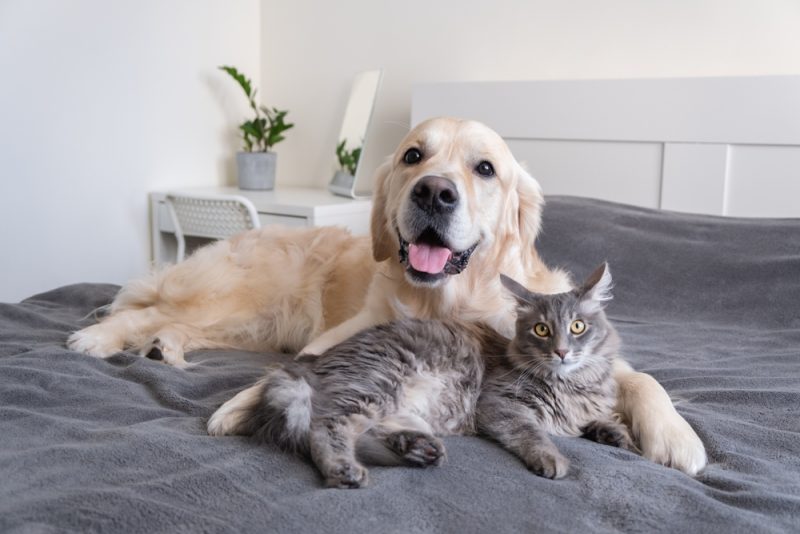
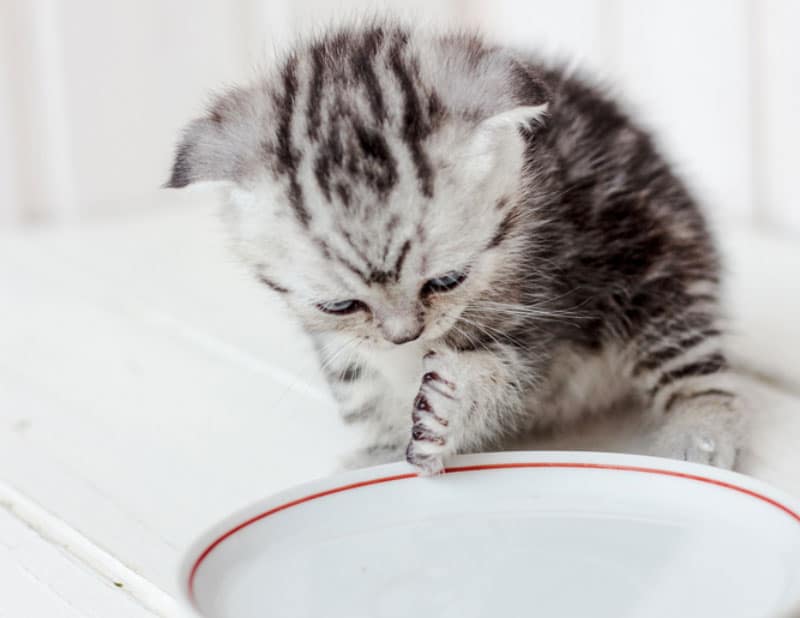
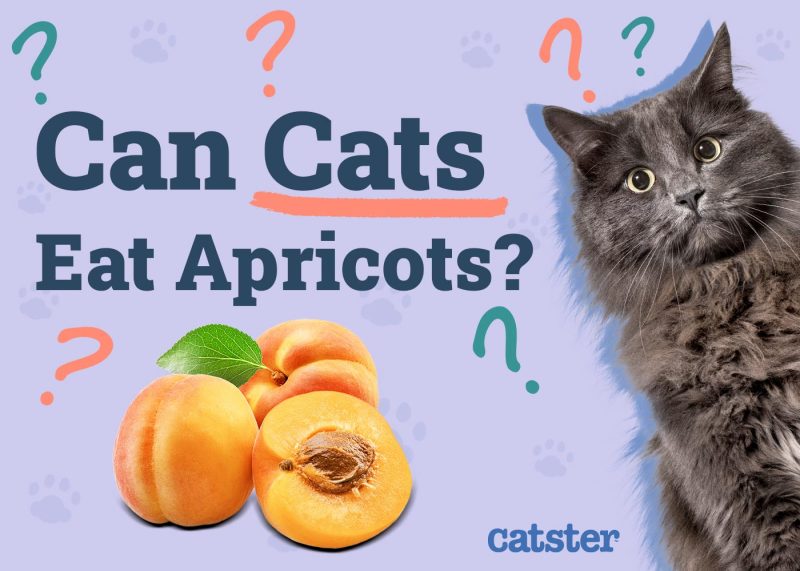
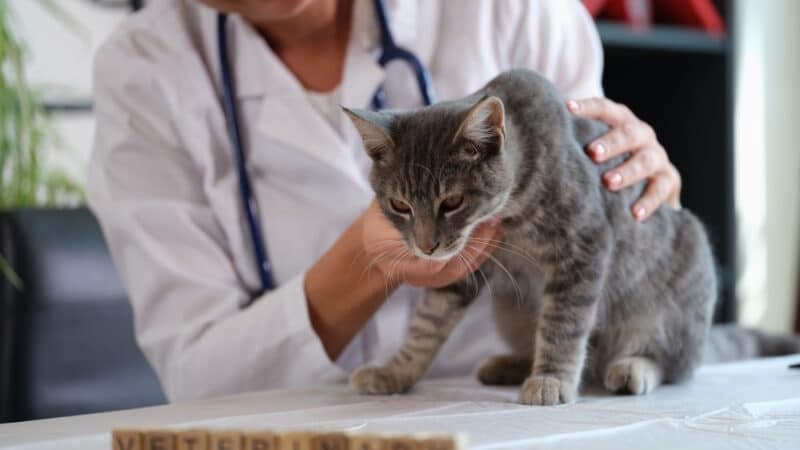
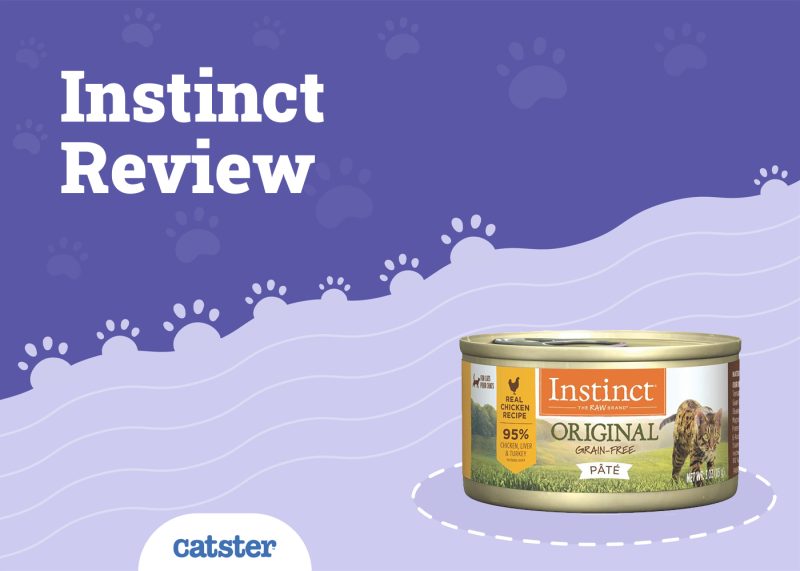

2 Responses
When you mention “ ring pulled tins “ , do you mean aluminum cans or non-aluminum cans ?
Hi Elizabeth, it refers to pet food cans that you pull to open since most of these are lined with an epoxy resin made from Bisphenol A — BPA.